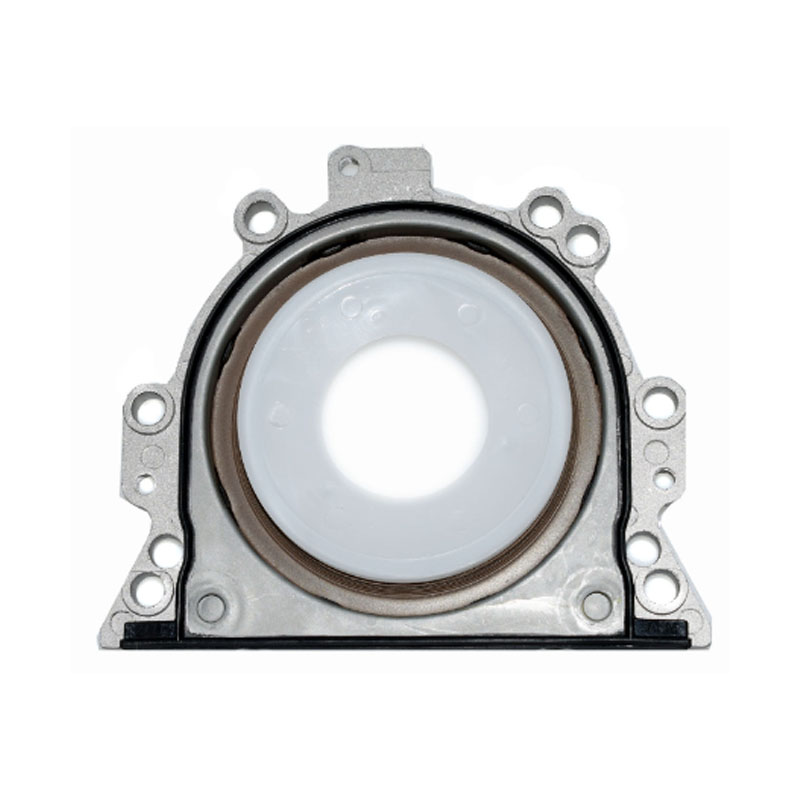Front Torque Converter Seal Replacement for Improved Vehicle Performance and Reliability
Understanding Front Torque Converter Seals Importance and Maintenance
The torque converter plays a crucial role in the performance and efficiency of an automatic transmission system. Located between the engine and the transmission, it serves as a hydraulic coupling, transferring engine power to the transmission while allowing for smooth vehicle operation. One vital component of the torque converter is the front torque converter seal, which helps maintain proper fluid levels and prevents leaks. This article will explore the significance of front torque converter seals, their functioning, common issues, and maintenance tips.
The Role of the Front Torque Converter Seal
The front torque converter seal is primarily designed to keep transmission fluid contained within the torque converter. This fluid is essential for the proper operation of the torque converter and, by extension, the entire transmission system. The seal also plays a vital role in preventing any contamination from the outside environment, which could lead to transmission failure.
When the engine runs, it generates power, which is transferred to the torque converter. The fluid inside the converter helps multiply this power, allowing for smoother acceleration. If the front torque converter seal fails, it can lead to several issues, including fluid leaks, decreased performance, overheating, and potential damage to the torque converter itself.
Common Issues with Front Torque Converter Seals
One of the most common issues associated with front torque converter seals is wear and tear over time. As the vehicle ages and undergoes regular operation, the seal can dry out, crack, or become brittle. This degradation can lead to fluid leaks, which may go unnoticed until there’s a significant drop in transmission fluid levels, potentially causing severe damage to the transmission.
Another issue that can arise is installation error. If the seal is not installed correctly during replacement, it may not fit securely in place, resulting in leaks. It is crucial to ensure that the appropriate tools and techniques are used during installation to avoid these problems.
Additionally, factors such as excessive heat, vibrations, and contamination from worn-out components can accelerate the deterioration of the front torque converter seal. Understanding these factors can help vehicle owners and mechanics take preventive measures to extend the lifespan of the seal.
Signs of a Failing Front Torque Converter Seal
Detecting a failing front torque converter seal early can save vehicle owners from expensive repairs
. Some common signs includefront torque converter seal

1. Fluid Leaks The most obvious indication is the presence of transmission fluid pooling beneath the vehicle. If you notice red or brown fluid under your car, it could signal a leaking seal. 2. Slip or Hesitation If the vehicle experiences slipping or hesitation during acceleration, it could indicate low transmission fluid levels due to a leak, which can ultimately affect torque converter performance.
3. Overheating Insufficient transmission fluid can lead to overheating. If the vehicle’s temperature gauge shows high readings, it may be worth checking for leaks.
4. Unusual Noises Grinding, whining, or other abnormal noises coming from the transmission area can indicate internal issues related to the torque converter or its components, including the seal.
Maintenance Tips
To ensure the longevity of the front torque converter seal and overall transmission health, regular maintenance practices are essential. Here are some tips
1. Check Fluid Levels Regularly Making it a habit to check the transmission fluid level and condition can help identify leaks early. If the fluid appears dark or has a burnt smell, it might be time for a transmission fluid change.
2. Address Leaks Immediately If any leaks are detected, it is crucial to address them immediately. Ignoring leaks can lead to greater damage and expensive repairs.
3. Schedule Regular Maintenance Regular transmission servicing can include fluid changes, filter replacements, and inspections. This proactive approach can help avoid issues with the torque converter seal.
4. Use Quality Parts When replacing the front torque converter seal, opting for high-quality parts can ensure better performance and a longer lifespan. Cheap replacements may not withstand the same conditions as OEM (Original Equipment Manufacturer) parts.
Conclusion
The front torque converter seal is a critical component of an automatic transmission system. Understanding its importance, recognizing the signs of failure, and implementing regular maintenance can help ensure a vehicle's optimal performance. By taking these steps, vehicle owners can save money and extend the life of their transmission system. Proper attention to this often-overlooked part can lead to smoother driving experiences and prolong the overall health of the vehicle.
-
The Ultimate Guide to Boat Propeller Bearings and Trailer Wheel Bearings
News Jul.31,2025
-
The Essential Guide to Marine Bearings and Boat Trailer Wheel Bearings
News Jul.31,2025
-
The Complete Guide to Heavy Duty Seals: Protecting Doors and Spaces Efficiently
News Jul.31,2025
-
Essential Guide to Marine Shaft Bearings and Boat Trailer Axle Bearings
News Jul.31,2025
-
Comprehensive Guide to Marine and Trailer Bearings for Safe Boating and Transport
News Jul.31,2025
-
Comprehensive Guide to Automotive Oil Seals: Protecting Your Engine and Shafts
News Jul.31,2025
-
Understanding Automotive Oil Seals: Essential Components for Engine and Shaft Protection
News Jul.30,2025
Products categories















